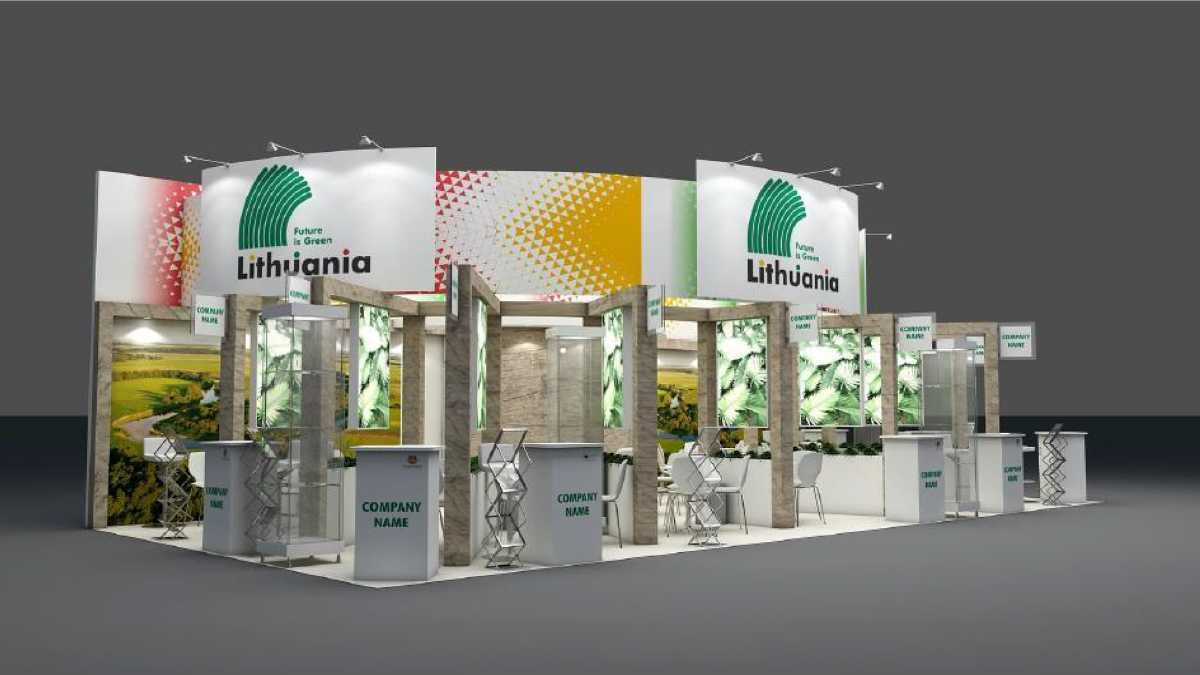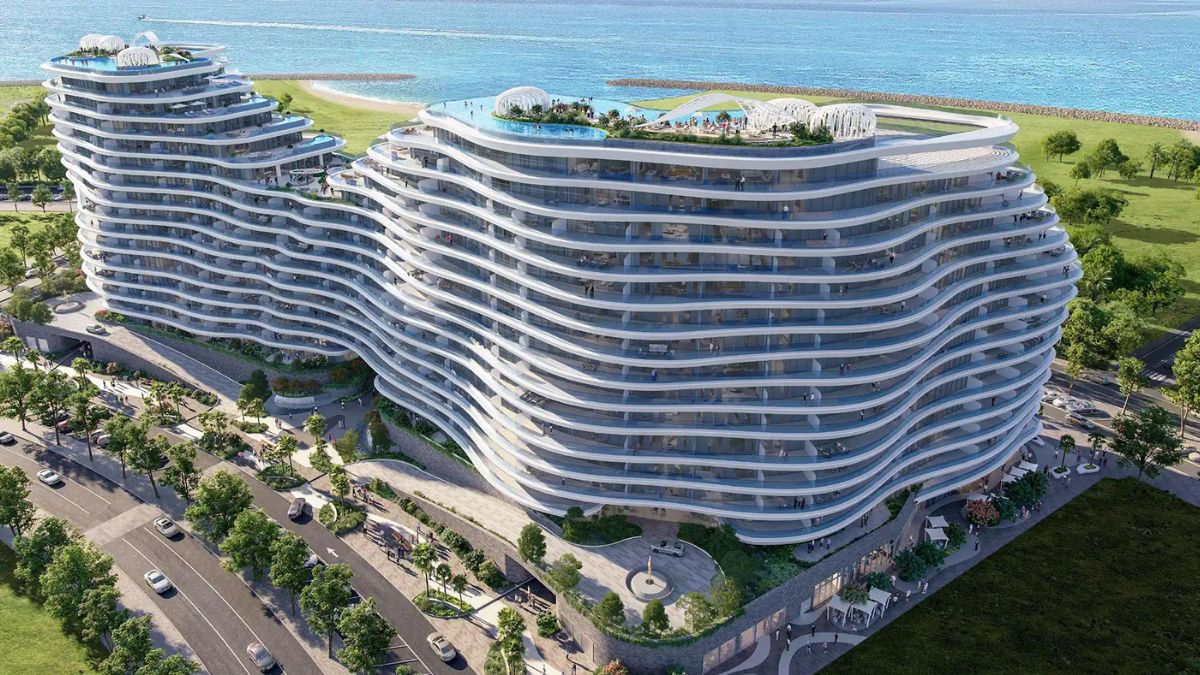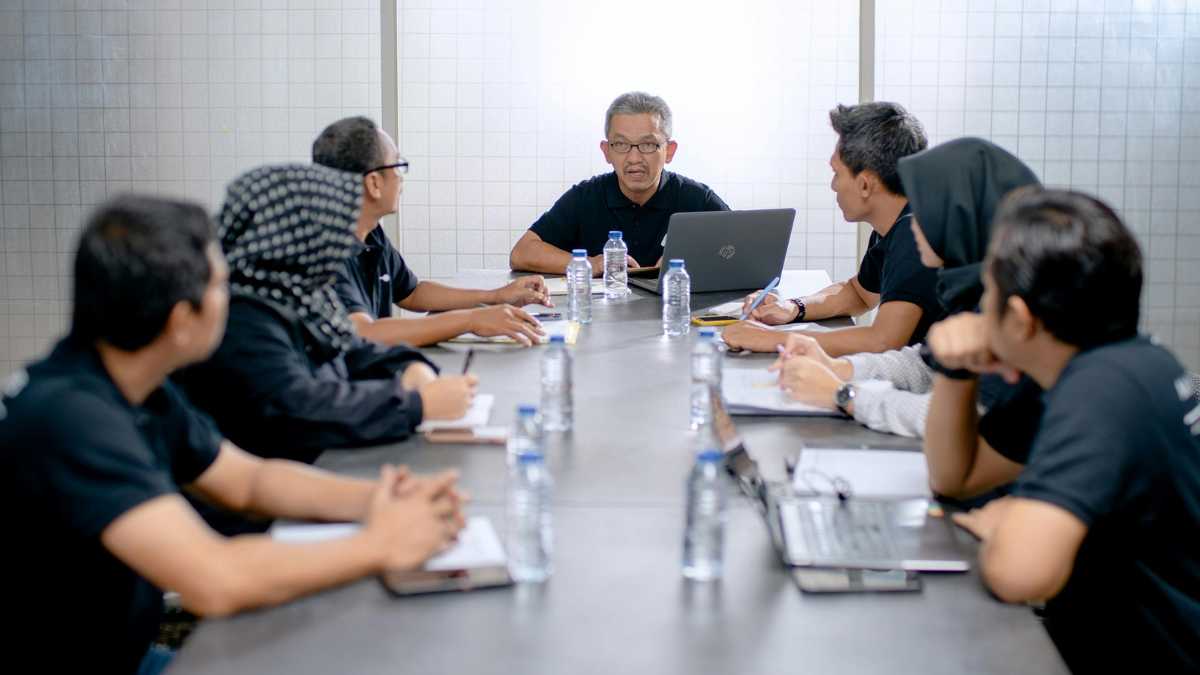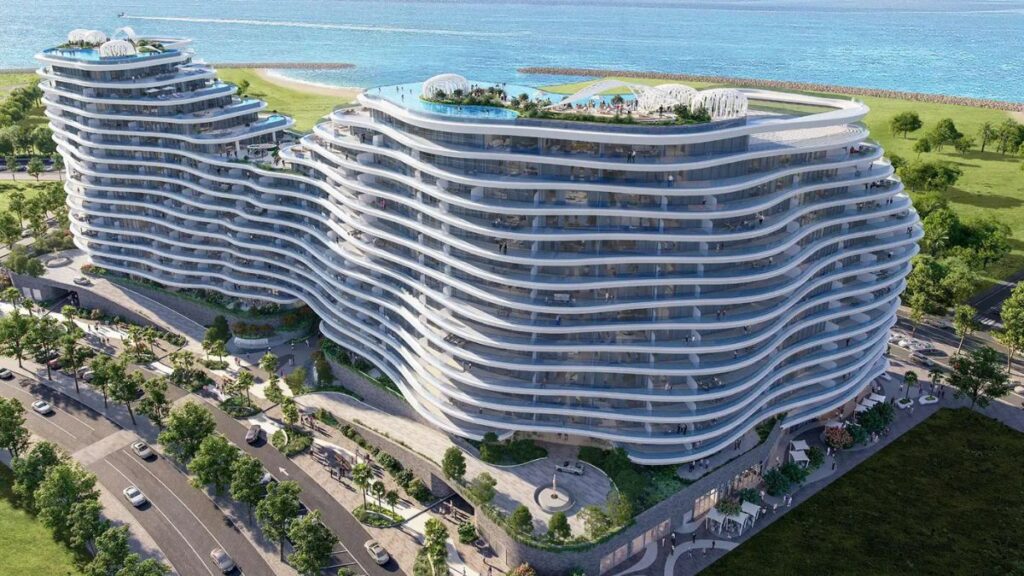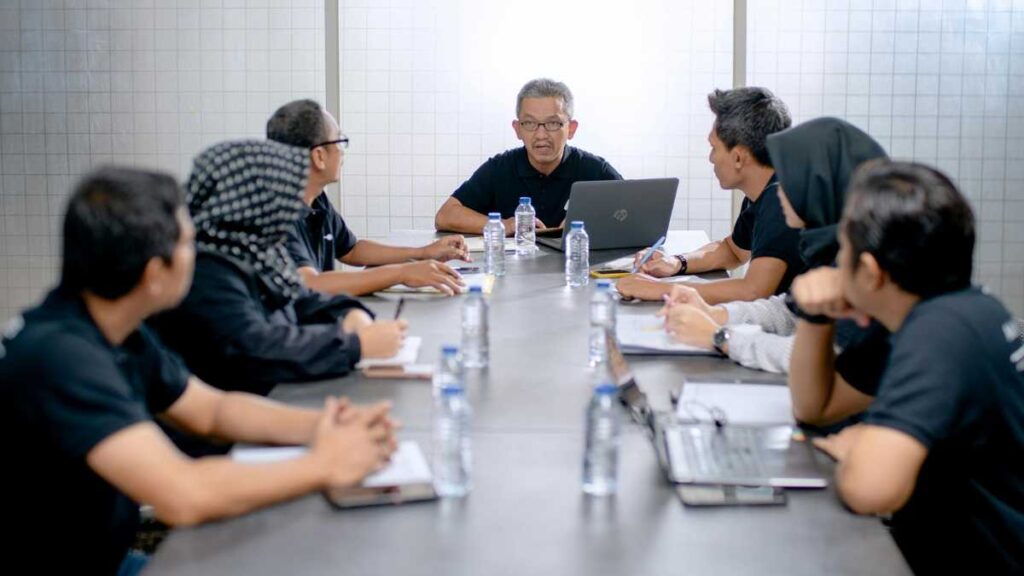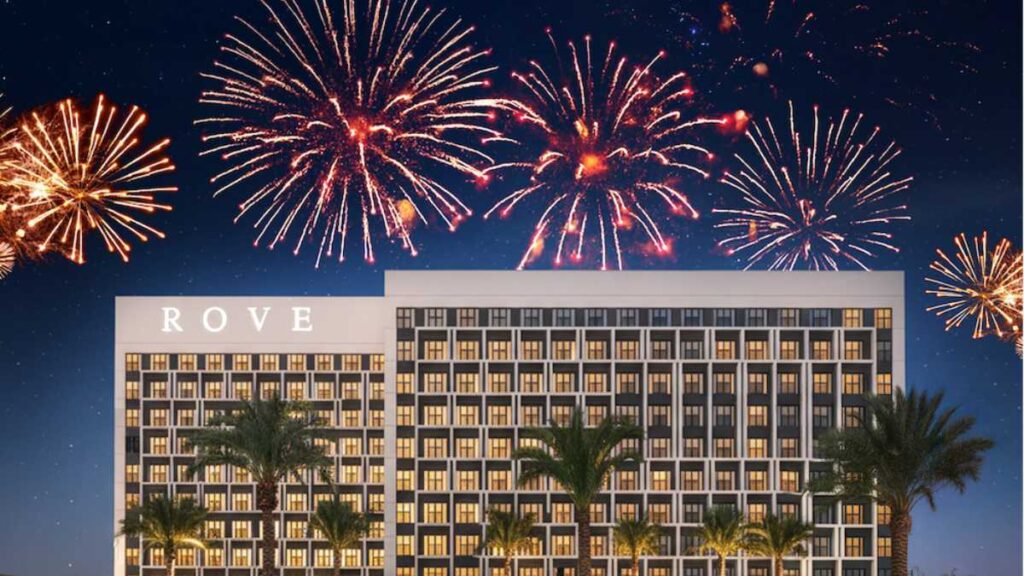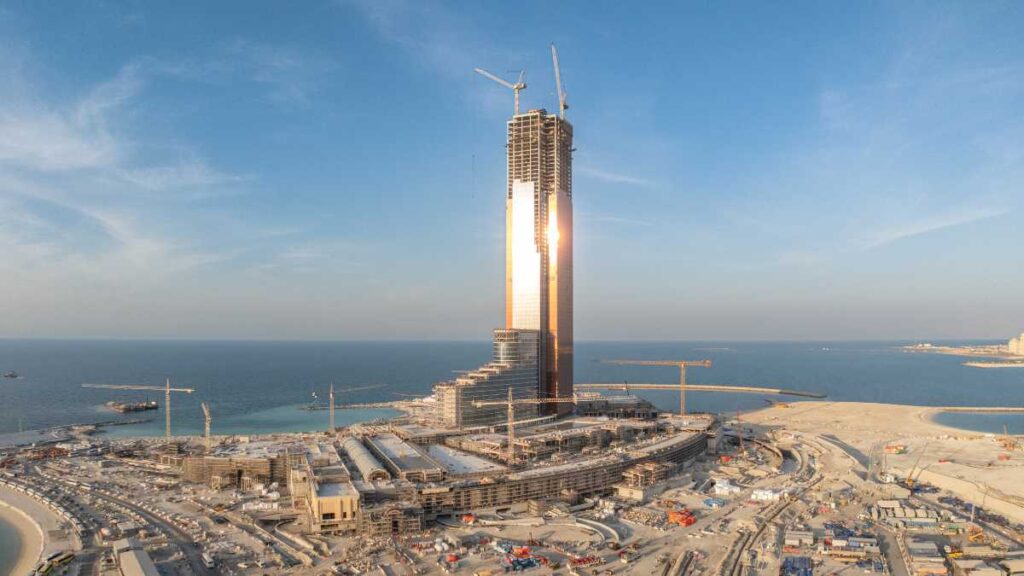Tourism expos are excellent platforms for cultural exchange and networking for travel experts, professionals and enthusiasts. They provide countries the opportunity to showcase everything they are proud of and want others to know about.
Travel expos typically consist of booths and stands where attendees can speak with official country representatives. While visiting these spaces, guests can collect brochures, pamphlets and other promotional materials and engage in activities provided by the staff.
However, many tourism expos now use country pavilions as the official event spaces for exhibitors. These spaces are architectural and artistic representations designed to showcase the unique identity, culture, innovations, achievements, and vision of a country to a global audience.
Moreover, these specially designed pavilions incorporate cutting-edge technology, interactive exhibits, and traditional elements that function as effective platforms for tourism promotion, diplomatic engagement and business opportunities.
When designed and installed correctly, a country pavilion can convey the country’s strengths, values, and future aspirations, making it a focal point for international collaboration and cultural exchange during the expo.
Designing Eye-Catching and Functional Country Pavilions
Below are the top tips for designing the ideal country pavilions for a travel expo:
- Come up with an appropriate theme.
A well-chosen theme can capture the attendees’ attention and effectively convey the country’s unique identity and true essence.
To come up with the theme, consider the country’s natural landscapes, cultural heritage, iconic landmarks and other compelling aspects it is known for. It should be cohesive to ensure every element (including the décor, colors, promotional materials, and activities) aligns with the pavilion’s design.
By establishing a theme that resonates with the target audience, the pavilion can leave a lasting impression and spark interest and curiosity about the country.
- Incorporate visual storytelling in the design.
Visual storytelling is an excellent tool for engaging visitors and conveying the unique story of a country at a travel expo. It involves using visuals such as photos, videos, infographics and interactive displays to narrate the nation’s fascinating history, culture and attractions.
To incorporate storytelling in the design, identify the key stories or messages you want to convey and find visual elements that effectively communicate them. For example, large, high-quality images of stunning landscapes, bustling markets, and cultural festivals can transport expo guests into the heart of the country.
Also, integrate multimedia elements like video tours or virtual reality experiences to give attendees dynamic, immersive narratives.
- Avoid going overboard with technology.
Overusing technology can overwhelm visitors and detract from the pavilion’s core message. As such, choose the tools you want to use properly and sparingly.
Select the technological elements that effectively convey your country’s story and engage visitors. These include interactive screens, virtual reality experiences, and digital displays, which can be powerful tools.
However, use these tools sparingly and strategically to ensure they serve a clear purpose and add value to the visitor experience. Overloading the pavilion with gadgets and screens can create a chaotic environment and may even lead to technical difficulties that can disrupt the expo.
- Ensure the pavilions are functional.
A functional pavilion ensures a smooth and enjoyable experience for both the attendees and staff.
Include areas for seating, rest, and engagement, such as information desks or lounges. Also, equip the pavilion with adequate lighting and climate control features to maintain a comfortable environment.
Ensure the pavilion is accessible for all visitors, including those with disabilities. It needs to answer the practical needs of the staff as well; it should have rest areas and refreshment stations to maintain their efficiency and morale.
Additionally, include storage spaces in the design so that the staff can have a place for storing promotional materials and personal belongings safely. These features also help minimize clutter in the pavilion.
- Include spatial planning in the design.
Spatial planning involves strategically organizing the pavilion layout to optimize space, enhance traffic flow, and highlight key features.
Below are some tips for integrating spatial planning into the country pavilion design:
- Identify the pavilion’s primary zones, such as the welcome area, display sections, and interaction points. Allocate enough space based on their importance and expected visitor interest in these areas.
- Use design elements like partitions, signage, and lighting to designate different zones and guide visitors intuitively.
- Study the flow of foot traffic and design clear pathways that guide attendees through the exhibit without the possibility of crowding.
- Ensure there is ample space for visitors to move comfortably without feeling cramped.
- Consider the best placement for high-traffic elements like interactive displays and seating areas to prevent bottlenecks.
- Arrange exhibits so that key attractions are visible from multiple angles, drawing visitors deeper into the pavilion.
With proper spatial planning, you can create a harmonious and efficient environment that enhances the visitor experience and maximizes the impact of your pavilion’s features.
- Incorporate cultural diversity into the design.
Incorporating cultural diversity and sensitivity in the design of a pavilion can help transform it into an accurate, authentic and respectful representation of a nation.
Ensure the design showcases the diverse aspects of the country’s culture, including different ethnic groups, traditions, languages, and lifestyles. Use authentic materials, such as artifacts, local furniture and décor, and images to highlight this diversity and avoid stereotypes and clichéd depictions.
Also, include narratives and perspectives from various cultural groups within the country to provide a comprehensive view.
Work with cultural experts and representatives to ensure accuracy and sensitivity in the content to be featured in the design.
When designed properly, a pavilion can wow expo attendees and successfully support a country’s tourism goals. Work with seasoned event design and solution providers to ensure you have the perfect design for this type of event space.

